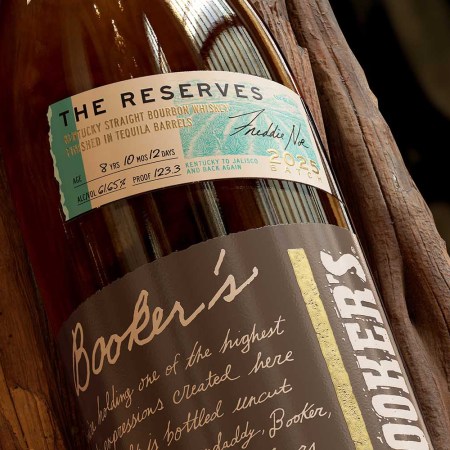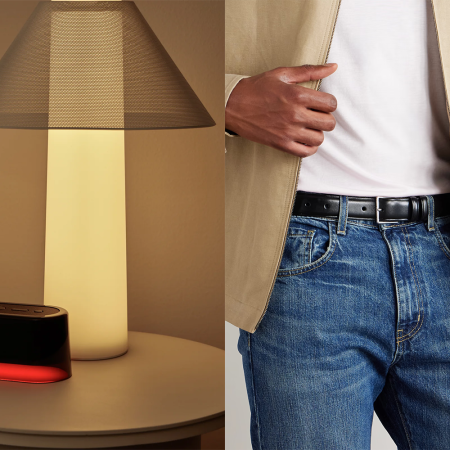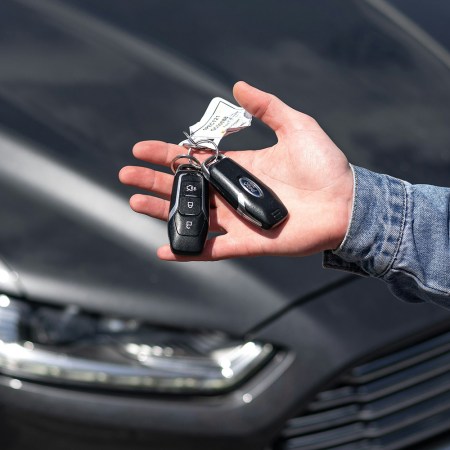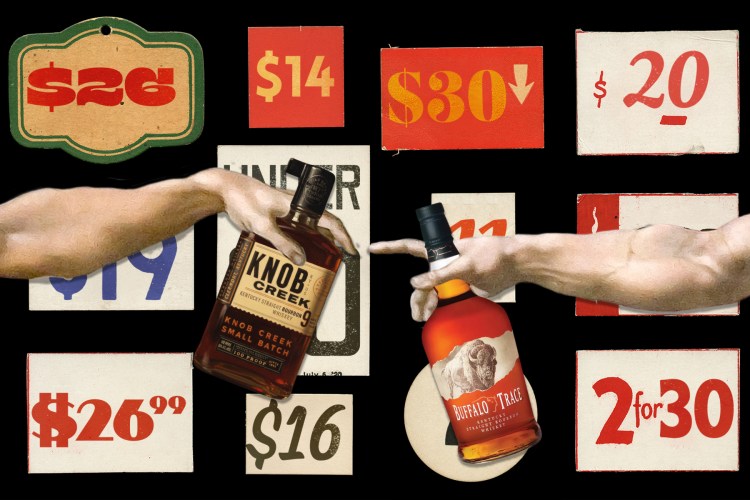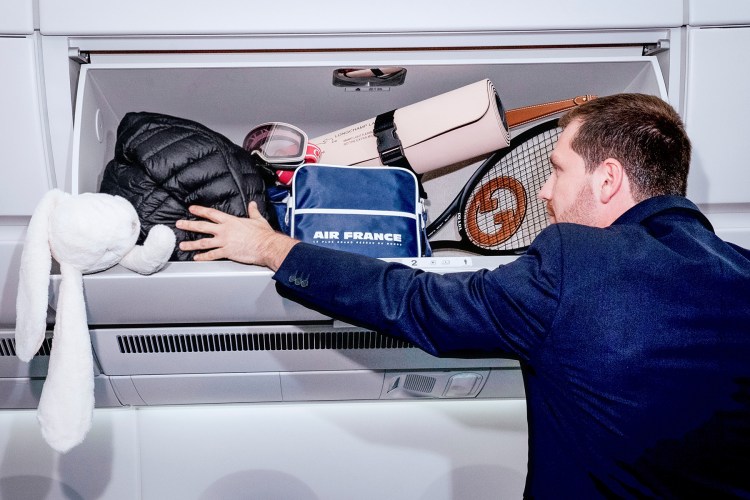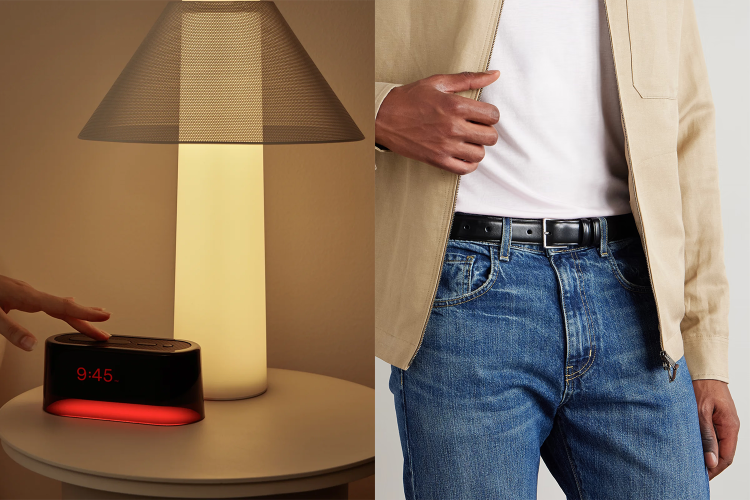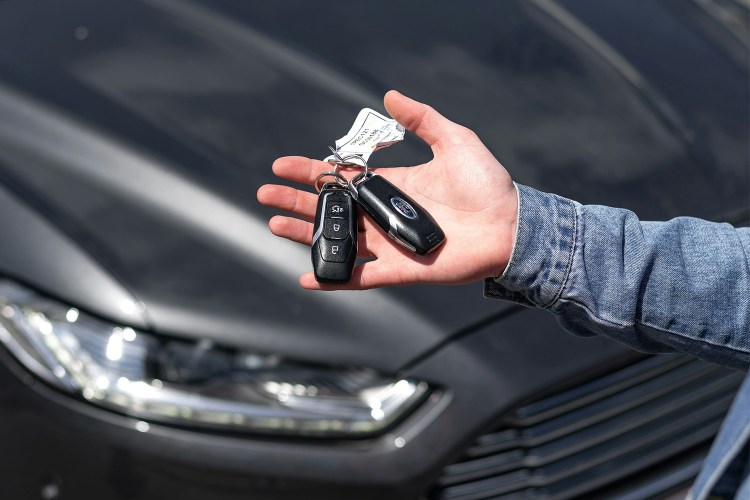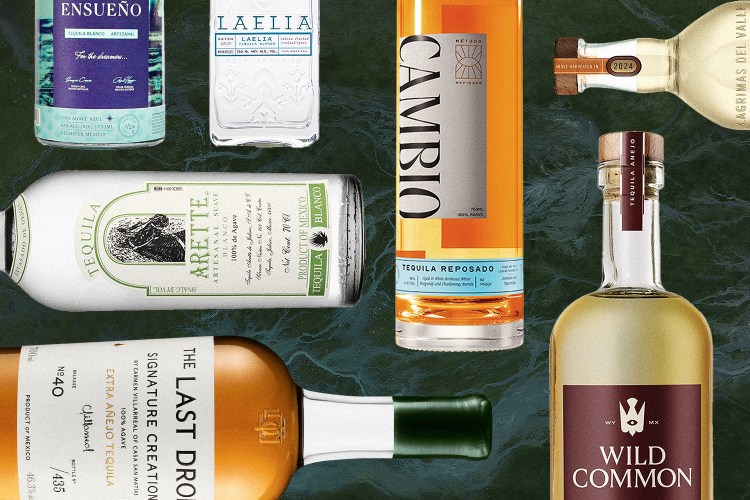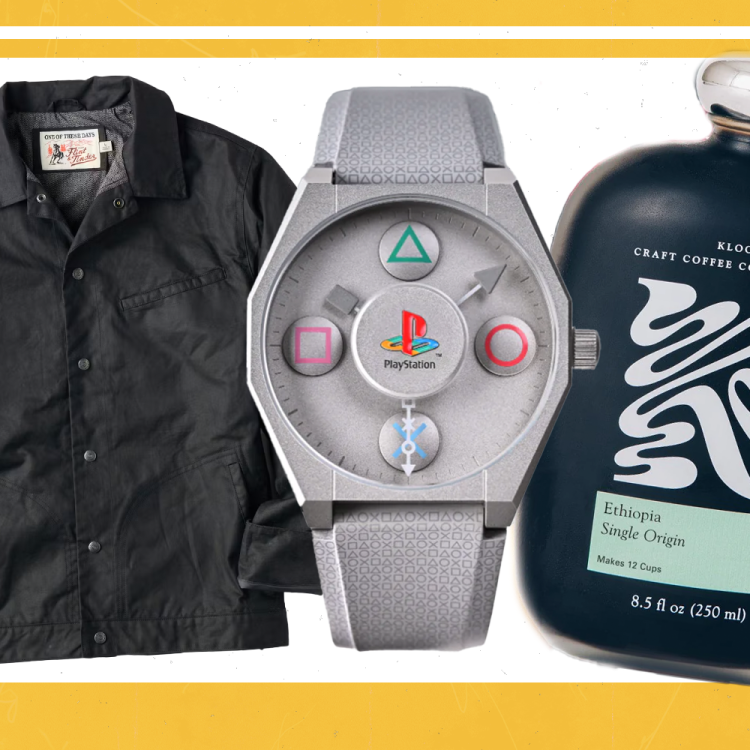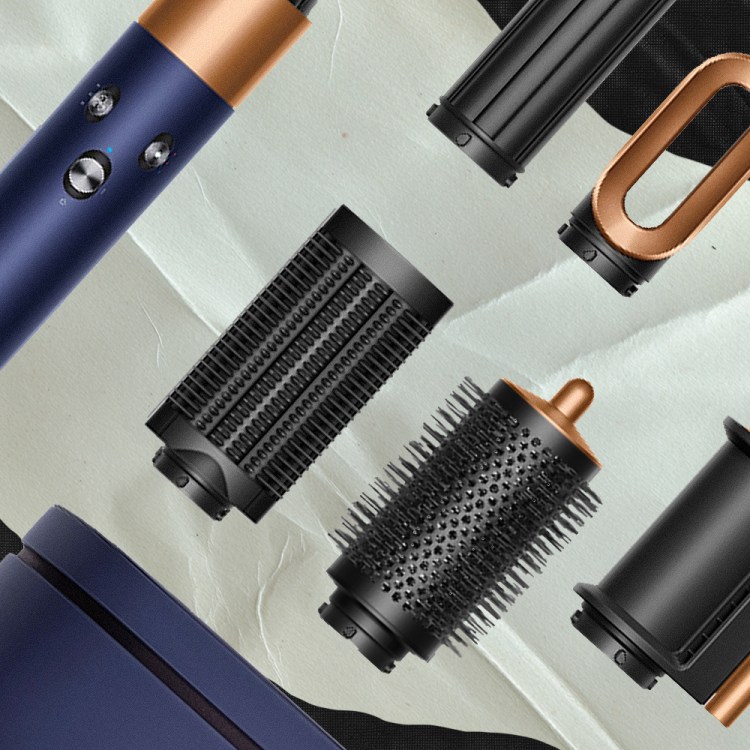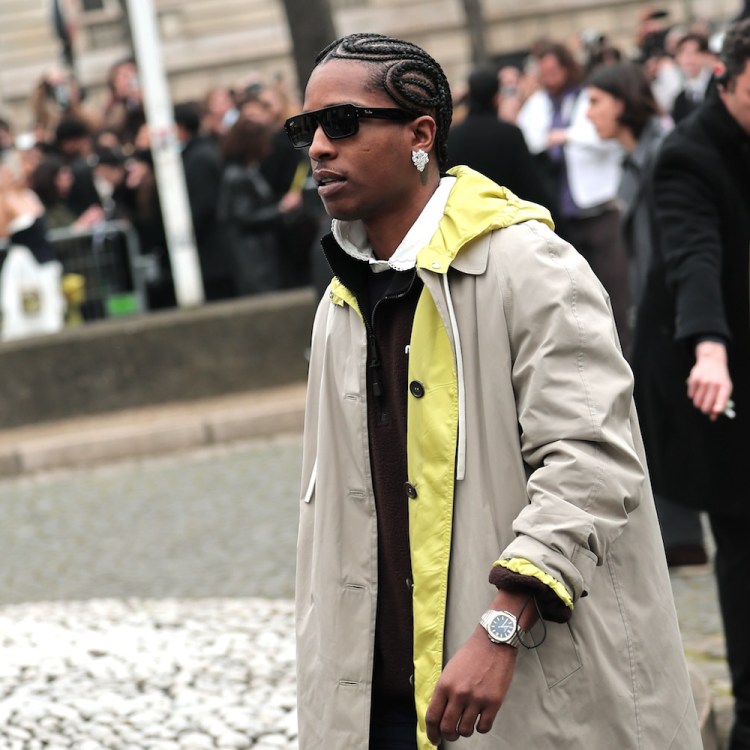I spent the first 10 years of my life in a Welsh mountain town, where life revolved around drinking, arguing and farming. The 1980s were a time when six-year-old children roamed free, and television was considered an educational use of one’s time. Our house was heated by coal and wood, making slippers and dressing gowns necessary in winter to survive freezing passages between the fireplace and bed.
Every morning I walked to the village elementary school, where creationism was taught and children were still made to stand in corners for misdeeds — such as asking questions, or attempting to write with their left hands, as I incorrigibly did. Backpacks did exist back then, but only for mountaineers. Instead we carried satchels, which were soft leather briefcases with twin buckles: just big enough for a tongue sandwich, a thermos of sugary tea, crayons, overdue library books and any item a boy deemed vital to his survival, such as a pocket knife or magnifying glass.
By this age, I had failed so completely at every academic subject that my parents took on second jobs and begged the elite private school at the edge of town to give me a chance. The boys there wore brogues, blazers with crests and red velvet caps — under which their hair was parted to perfection. They were known as cherry-heads by the locals, who hardly ever saw them off the medieval school campus. No one I knew, or had ever known, had anything whatsoever to do with this school.
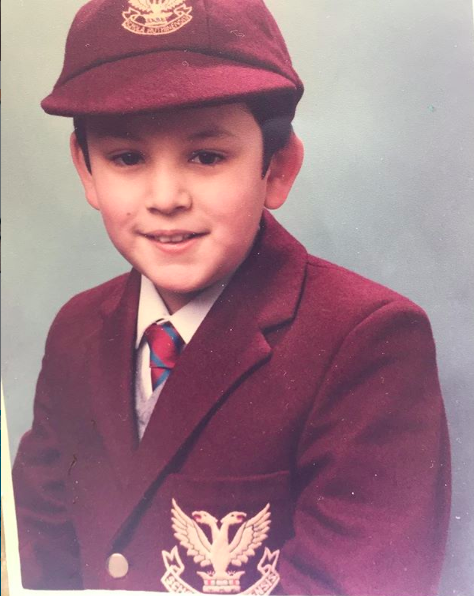
It was during my first term at Ruthin that I was initiated into the cult of the briefcase. I don’t mean the bendy unisex thing I had before, I’m talking about that hard-sided fortress which doubled as a seat, a shield, a card table or battering ram — but could also be locked, and was usually monogrammed, just like the dozens of other uniform items my parents had barely been able to afford. My case was a hard plastic number, black with silver locks — the type of thing 1970s criminals tossed into canals at the sound of police sirens.
There were a dozen small beds to a dormitory, and at sunrise, the housemaster, Mr. Tate, would rip the covers off each bed and throw open the windows. Winter air poured in. As we scurried to the freezing washroom (bathing took place once a week, whether we needed it or not), Mr. Tate would pace outside in shiny metal-tapped shoes with a black pipe clenched between his teeth. Rumor had it that Mr. Tate spent World War 2 tearing through the sky, machine guns blazing. But despite these heroic deeds, nobody liked him — except Mrs. Tate.
Living communally, with so few possessions, and far from home, our briefcases were our only, truly private places. Everything that was precious about our lives was kept inside. They were like bedrooms we hauled from the dormitory to the classroom — and no one — not even Mr. Tate — ever asked to look inside. Although they were intended to keep schoolwork, I can’t remember putting anything even remotely boring in mine. Instead, there were letters from home, toys, chocolate bars, trading cards, photos of animals, a copy of The BFG, a small jar of peanut butter, comics, a dried insect in tape and early attempts at story writing.
In the old stable that functioned as our changing room for rugby, cricket, and Judo, briefcases were “parked” in an anteroom. While at least half were hard plastic with grey interiors, others were black or brown leather with flip locks. There was no snobbery associated with who owned which kind of briefcase, just as we hardly noticed whose Oxfords had leather soles and whose had rubber. It would be 20 years before I discovered Jermyn Street and the Piccadilly arcades, a part of London that many of my classmates would have been familiar with then, as a sort of Diagon Alley.
Ten years later at university, I can’t remember what I used to transport my things, which means it was probably boring. But growing up meant giving up compulsory items from school, such as navy blazers, cape-style raincoats, ties, and of course, briefcases. The last I saw of my old faithful attaché case, my father was using it to store paper receipts in the attic.
After moving to the United States in my mid-twenties, I needed something for work and bought a Jack Spade soft briefcase. It was made from a thick, water-resistant navy felt with black leather handles and black leather buckles. The interior was seersucker. I used that bag for about five years, before spotting a soft leather briefcase in the window of a consignment store. It was made by Coach, and the leather had been worn to a deep, almost mahogany brown. But just like the Jack Spade bag, I didn’t feel it was really me. Then, in my thirties, I started getting interested again in everything I had loved as a child. Nostalgia for my schooldays began to form (absolute proof that memory can’t be trusted) and I found myself searching images of attaché cases on the Internet.
There’s something dangerous about it —perfect for a middle-aged father and husband, who spends most of the day behind a desk, daydreaming.
I’m embarrassed to admit that my next case was a knockoff Louis Vuitton hard-sided briefcase that a family member visiting from Britain bought on Canal Street (for a joke) then dumped in a corner of my apartment before leaving. It sat there for several months growing on me. Not the classic LV pattern (which I always liked), but the architecture of it: that dignified rectangle which, as a child, had contained the few things I associated with warmth, security and the imagination. So, I did the unthinkable. I emptied the Coach satchel, stuffed a half-edited novel inside, then went to work. After a week in the heat of a New York summer, the glue melted, and the sides started peeling away from the plywood. I remedied this with duct tape, but people on the subway began looking at me like some anti-fashion militant. When autumn came, the glue set again, and I used the dilapidated fake as a way to send manuscript pages back and forth to HarperCollins, via messenger. Until the lock broke, and I had to give my editor permission to use a hammer. I never asked why he had a hammer in his office, but that was the end of that.
While it’s certainly the strangest piece of crap I’ve ever used to ferry things around, the fake LV reignited the flame of my desire for a proper briefcase. From this point on, a satchel, backpack, messenger bag or techy black nylon laptop case (even the Prada one) simply would not suffice. I wasn’t alone in my nostalgia either. Half the chaps working in finance in London have gone back to the boarding-school attaché, courtesy of Swaine Adeney Brigg in the Piccadilly Arcade. However, while you could accuse me of putting the “simon” in parsimony, I couldn’t bring myself to spend north of $3,200. I’m not saying it’s a bad investment, as something so finely crafted and instantly recognizable, inevitably functions as a symbol in the world of business. Thankfully, I’m a novelist, and don’t have to worry about that.
I did want a case, however, that was so well-made I could use it, well … until I can’t carry a briefcase anymore. It had to be something I could pass down to my daughter: an item not only useful, but aesthetically pleasing enough to keep around.

That’s when I came across Zero Halliburton. I was working on a short story for a high-end hotel group, and had been partnered up with a Bond film actress, who was going to star in a photo shoot based on my story. While researching the kinds of roles she had played, I caught a glimpse of something silver and unmistakably daring in the background of a photograph. It was time for Simon to enter the space age, and start using an attaché not unlike the case that transported moon rocks back to earth during the Apollo 11 mission.
Although it’s nothing like the briefcase I used as a child, my Premier Aluminum Standard Attaché has the boxy shape I love, which means on long journeys I can use it as a table. It also fits my laptop, a water bottle, a hardcover book, my phone and a pair of pajamas. I love seeing it next to my desk, and it slides comfortably under the seat in front on packed flights. Although the TSA locks might seem unnecessary for an attaché, the chrome is a nice contrast to the aluminum. It’s waterproof, has interior dividers, and other practical things, but there’s something dangerous about it —perfect for a middle-aged father and husband, who spends most of the day behind a desk, daydreaming. And if I’m ever caught in the trash compactor of a space ship (like in the first Star Wars film), I’ll have something to brace the walls with no risk to my egg salad sandwich.
Although it’s heavier than its English counterpart, and people constantly make jokes about diamonds and launch codes, there’s something iconic in the signature lines, and the cluck of the zinc alloy locks opening to reveal what still represents so much of my inner life. Attaché-style briefcases like this may be out of style for the masses, but I can’t imagine they will ever fade into complete obscurity like the bespoke umbrella or the Bowler hat, because they’re just so useful, dependable and dignified — all virtues that hopefully embody the people who still cherish them.
This article appeared in an InsideHook newsletter. Sign up for free to get more on travel, wellness, style, drinking, and culture.







